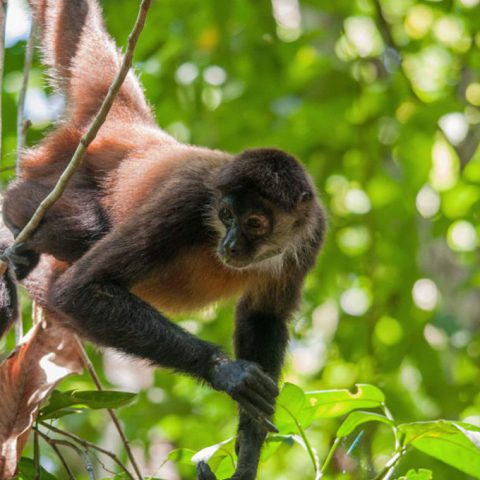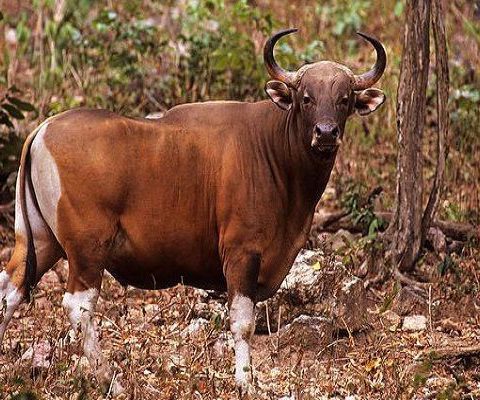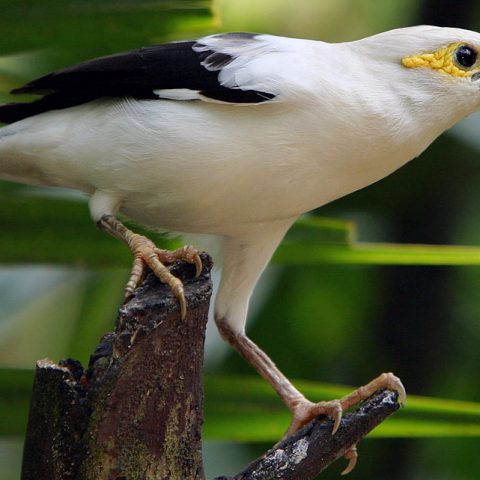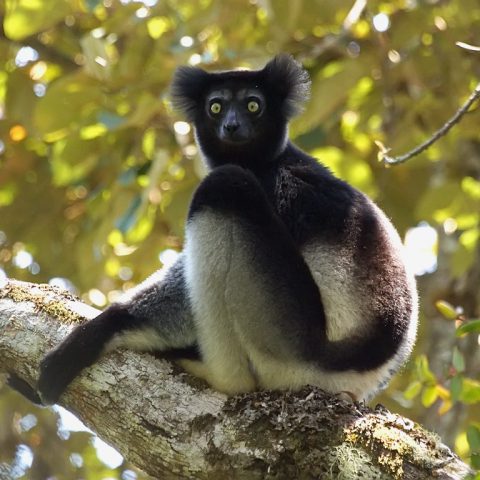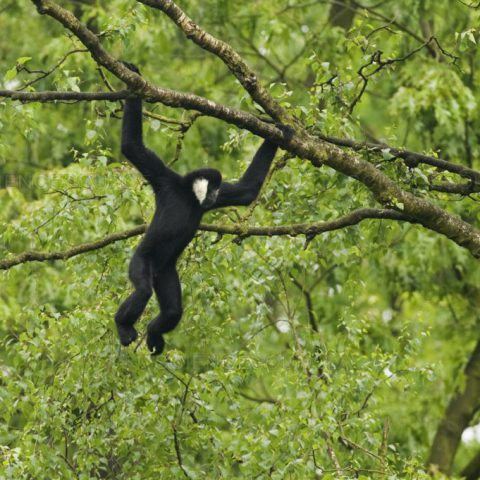Saiga
![]() Critically Endangered
Critically Endangered
Population
There are between 164,600 to 165,600 left in the wild
Size
This species grows to about 1 to 1.5 metres in length
Weight
The weight of the Saiga antelope ranges from 30 to 45 kilograms
Countries
Kazakhstan, Mongolia & Russia
Distribution
There are currently five Saiga populations – 3 in Kazakhstan, 1 Mongolia, and 1 in Russia. There are a small number in zoos throughout the world but they have proved difficult to maintain in captivity.
Description
The Saiga antelope is among one of the world’s most ancient animals. Saiga antelope roamed the earth when saber-toothed tigers and wooly mammoths were still alive.
An adult Saiga is similar in size to a small goat. They can reach 1 to 1.5 metres in length and weight between 30 to 45 kilograms. Males have a pair of long horns featuring 12 to 20 distinct rings.
The Saiga’s coat changes depending on the season. In the summertime, their coat is short and ranges from a sandy yellow to almost red in colour. In the winter months, the Saiga’s coat becomes both paler and thicker.
Perhaps the Saiga antelope’s most distinctive feature is its head, which looks like that of an elephant seal. The Saiga’s unusually large nose comes in handy, and not just due to its keen sense of smell. In summer, the Saiga’s extra-long snout keeps debris from entering the lungs during dust storms. In winter, the Saiga’s long nose warms air before it reaches the lungs.



Quick Facts
The Saiga antelope behaviour consists of:
- Saiga antelope are a nomadic species and live in herds of about 30 to 40 individuals. During periods of migration, these smaller herds merge into much larger herds numbering in the thousands.
- During breeding season, a male Saiga forms a harem of 5-10 females. Males are extremely protective of their harem and frequently engage in violent battles with other males over perceived threats, often fighting to the death.
- Females Saiga antelope often give birth to twin calves.
- During migration, Saiga antelope can travel anywhere from 50 to 75 miles over the course of just one day.
- At just 2 days old, a Saiga antelope can already outrun a human.
- efore migration to spawn.
Saiga antelope are herbivores. Their diet consists of:
- Grasses
- Prostrate summer cypress
- Saltworts
- Fobs
- Sagebrush
- Steppe lichens
The Saiga antelope is found in savannas or grasslands. During the last glacial period, Saiga antelope were found from modern-day Britain to Central Asia and across the Bering Strait to present-day Alaska and northwestern Canada. Currently, the Saiga antelope is found in far lesser numbers in isolated areas of Russia’s Kalmykia Republic, Kazakhstan, and Mongolia.
Humans are the greatest threat to Saiga antelope. The Saiga antelope have been uncontrollably and illegally hunted for their horns and meat. This practice dramatically increased after the breakup of the USSR, which has caused the population to drop precipitously. Young males have been especially targeted, which has led to the ratio of males to females to become imbalanced. The Saiga horn remains a valuable and important component in Chinese medicine. In addition, humans have contributed to the destruction of their habitats and migration routes.
The Saiga are also prone to contracting a number of diseases. In recent years, such diseases have wiped out significant portions of the remaining populations. In 2015, over 200,000 Saiga antelope died in Kazakhstan after suffering from haemorrhagic septicaemia. These types of diseases are exacerbated by the warming climate.
Conservation Efforts
The Saiga Conservation Alliance is working with local organisations and NGOs in Kazakhstan, Mongolia, and Russia to support and preserve their Saiga antelope populations. They are focused on scientific research, conservation, and anti-poaching initiatives.



